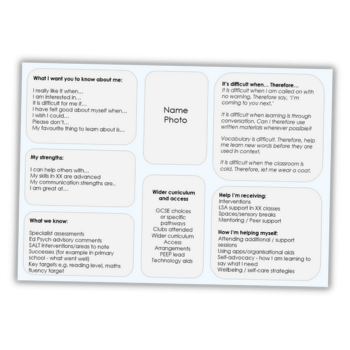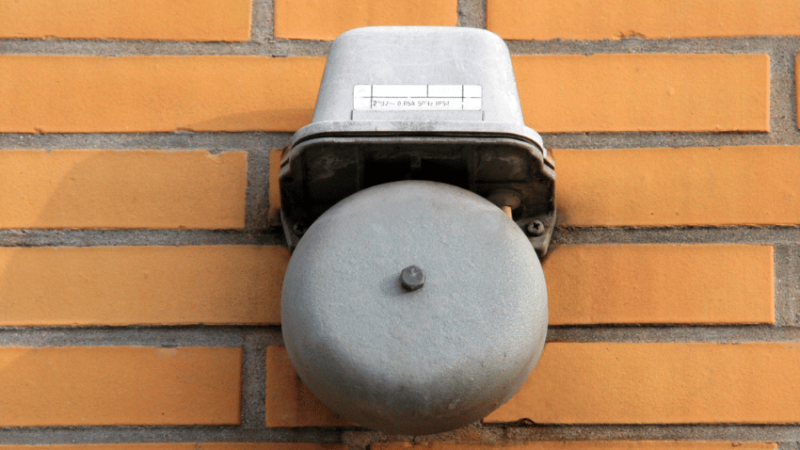Religious Education – How should faith schools teach other religions?

Andy Lewis considers how the study of other religions and worldviews can be sensitively and productively approached within faith schools

- by Andy Lewis
- Deputy headteacher and director of RE at St Bonaventure’s School Visit website

‘Faith schools’, or schools with a religious character as they’re formally known, have the option to teach their own curriculum for RE, in keeping with their designated religion. That’s in contrast to community schools and academies, which usually adopt their Locally Agreed Syllabus.
It’s a complex system, but setting aside the debate of whether such schools should have a place within the current education landscape, there’s another area that merits discussion.
For many, the prospect of students learning a distinct RE curriculum within faith schools is an unacceptable state of affairs, yet it’s happening right now – so what is the experience actually like in practice?
Ongoing debate
It’s worth noting that there’s still much debate within the wider RE community about the aims and purpose of the subject itself. There remains even considerable disagreement over what the subject should actually be called!
Recently, some progress has been made on working towards a National Entitlement (since RE isn’t part of the National Curriculum, but legally required to be taught) and a ‘Worldviews’ approach, which presents a new way of tackling the subject and the issues contained within it.
Yet it would be a mistake to think that schools with a religious character exist outside of these developments, and are still simply teaching the subject as they always have – as an otherwise bygone form of religious instruction – without getting involved in such debates.
The Church of England, for example, has published its own Statement of Entitlement, produced a resource (for use in all schools) titled ‘Understanding Christianity’ and has recently been promoting an approach it calls ‘Balanced RE’ – the latter of which seeks to give equal weighting to the three disciplines of theology, philosophy and human/social sciences. These resources and approaches have been adopted by many, including a number of LAs.
Likewise, the Catholic Bishops of England and Wales are soon to publish their new Religious Education Directory (RED), which will deliver a fully updated curriculum for Catholic schools spanning EYFS to KS5, replacing the last version published in 2012 as the RECD.
It’s clear that a considerable amount of work has gone into the new document, given how it reflects much of the latest thinking on curriculum and education more widely. For instance, progress is now defined in the new Catholic School Inspections framework as ‘knowing more, remembering more and doing more.’
‘A grammar of dialogue’
To summarise my own view of what ‘Catholic RE’ should be, I’d look to paraphrase the 2012 RECD – “Academic for all, catechesis for some”.
My personal faith was confirmed to me during my study of theology at university, as it was the academic tradition of the Church that really drew me into a relationship with God. To this day, I love grappling with philosophy, and I also love biblical studies.
‘Catechesis’, on the other hand, refers to religious instruction – and when only 63% of the students in Catholic schools actually identify as Catholics, we must be careful to approach RE in a way that isn’t exclusive or inappropriate for those of other faiths or worldviews.
The Church suggests that as schools, we need to be providing a ‘grammar of dialogue’ – a profound and meaningful way to relate to others. Pope Francis has since expanded on the idea, proposing three broad principles to help facilitate it: respect for one’s identity and that of others; courage to accept differences; and sincerity of intentions.
This cuts to the heart of what RE in Catholic schools aims to do – which is first and foremost to understand the Catholic faith. In the process of doing this, however, the intention is for students to also find a means of entering into dialogue with others who don’t necessarily share the same worldview.
This provides a way for students to explore deep questions concerning their own existence, while simultaneously discovering ways of expressing themselves and their own beliefs, and understanding why the responses of others may be different to their own.
Authentic teaching
The latest RED treats the subject as having a ‘narrative heart’, reflecting the recent work of, among others, psychology professor Dan Willingham and the education academic Christine Counsel – as well as the prior insights of GK Chesterton.
It also proposes dedicating a section of the curriculum each year to ‘Dialogue and Encounter’ which is where the principal study of other faiths and worldviews is to be found. Not that these are entirely new ideas – as far back as 1964, ‘Ecclesiam Suam’ saw Pope St Paul VI outline how Catholics might enter into dialogue by understanding their own faith first, and then reaching out to others.
The new curriculum deliberately offers a degree of flexibility that will, for example, allow for the study of diverse Christian traditions to better reflect schools’ student intake, and by actively offering a choice of when and how to cover other faiths and worldviews.
It states that at minimum, Judaism, Islam and a Dharmic pathway should be studied over the course of KS3 – yet crucially, unlike the rest of the curriculum, it doesn’t prescribe any specific content. I see that as a recognition that the teaching of such faiths within schools should be authentic.
Depth of study
Following the introduction of the option to study a second religion at GCSE, there have been some accusations that a form of ‘Christian Judaism’ has been spotted in exam papers and students’ responses. In a recent training session, however, it was emphasised that ‘the Judaism should be Jewish, the Buddhism Buddhist’, and so on.
For those concerned that the RED proposes devoting just one section out of six to other faiths and worldviews, it’s worth remembering that Catholic schools must dedicate at least 10% of their curriculum time to RE, and will therefore sometimes have as much as three times the curriculum space for RE compared to other schools.
This therefore allows for a similar depth of study into other faiths and worldviews as might be seen in other schools – particularly given the likely overlap in terms of the resources and textbooks used for those parts of the course.
I’d argue that good RE teaching within Catholic schools share much with good RE teaching elsewhere. The three principles of respect, courage and sincerity shared by Pope Francis can, and indeed should be practised in all RE classrooms.
To me, every young person deserves to experience these things in a very real sense, in order to help them understand the complex and diverse world they find themselves within.
Reading the RED
The new ‘Religious Education Directory’ (2022) will replace two previous versions of the ‘Religious Education Curriculum Directory’ (1996, 2012).
These documents brought Catholic RE into keeping with developments elsewhere in wider RE, by introducing levels for assessment purposes in 2006 and setting out clear and rigorous curriculum content. Previously, the RECD wasn’t set out like other curriculum documents, with the result that how to go about implementing it was left open to interpretation – largely by publishers.
The new RED, due for publication in October 2022, has been worked on by academics, Diocese advisors and teachers, following extensive consultation led by the Association for the Teachers of Catholic RE.
From the outset, it will be more readily accessible by teachers and schools, containing as it does clear content and outcomes, together with narrative and spiralled content. Publishers are expected to start releasing textbooks informed by the RED from early 2023.
Andy Lewis is director of RE at St Bonaventure’s, East London and the author of 100 Ideas for Secondary Teachers: Outstanding RE Lessons (Bloomsbury, £14.99); follow him at @andylewis_re or visit mrlewisre.co.uk







